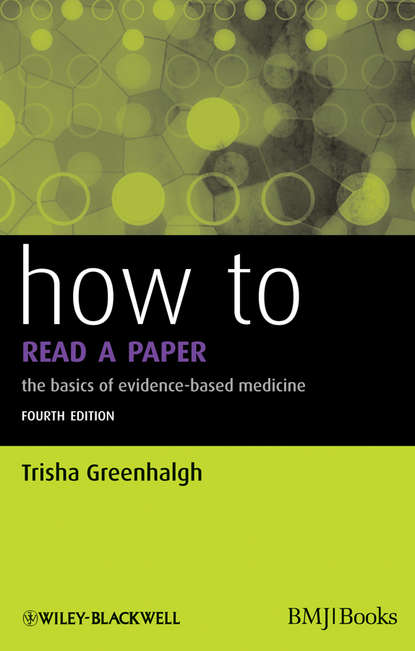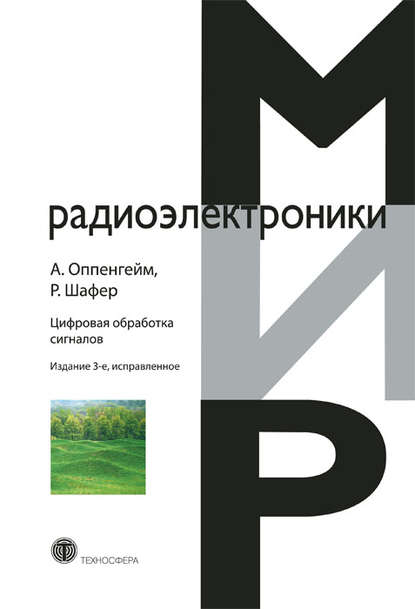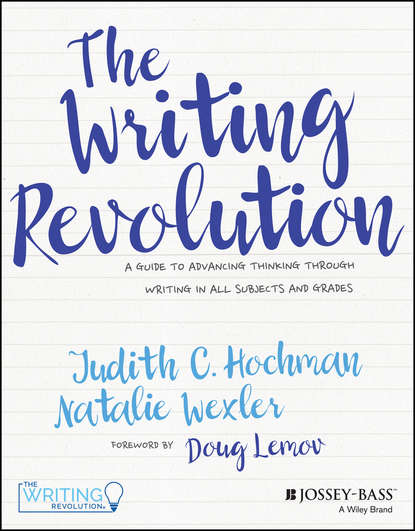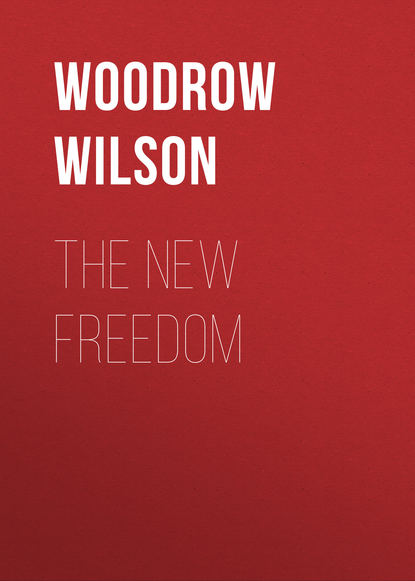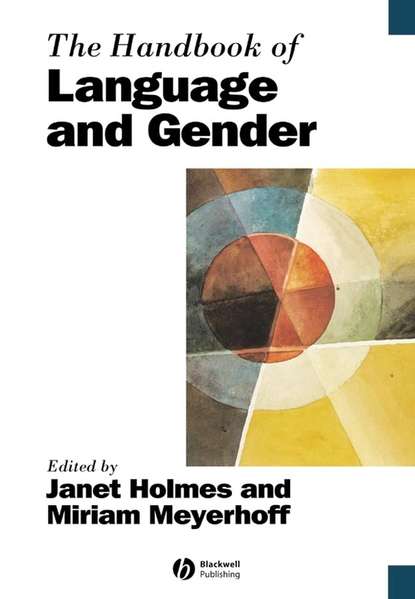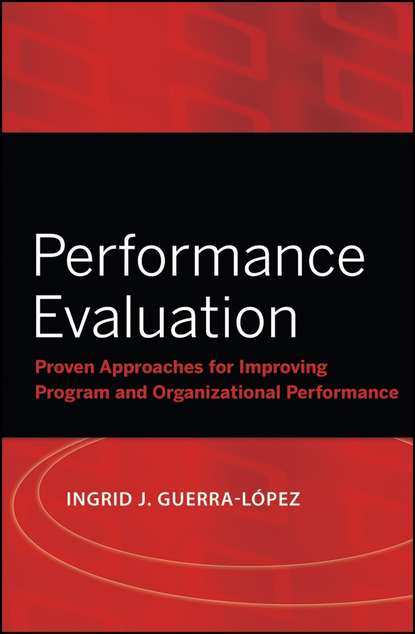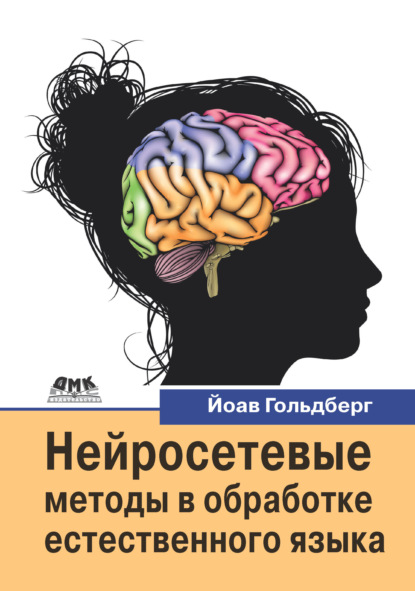"How to Read a Paper. The Basics of Evidence-Based Medicine" - это книга, которая описывает различные типы клинических исследований и объясняет, как критически оценивать публикации. Книга предоставляет инструменты для поиска и оценки литературы, а также реализации результатов исследований на основе доказательной медицины, ориентированной на пациента. Книга написана для всех, кто работает в здравоохранении и имеет мало или совсем нет знаний в области доказательной медицины. Она обеспечивает ясное понимание концепций и способов их применения на базовом и клиническом уровнях. В четвертом издании книги будут добавлены две новые главы, посвященные важным разработкам в области исследований и оказания медицинской помощи, но в остальном книга сохраняет свой оригинальный стиль, размер и объем. В книге будет новая глава о повышении качества, описывающая статьи о проектах по повышению качества с использованием методов доказательной медицины; это расширит круг читателей на не клинических специалистов здравоохранения, работающих в больницах и семейных практиках, а также на медицинских специалистов и медсестер, работающих в этой области. Также будет добавлена новая глава о сложных вмешательствах, в которой будет описано, как создавать исследовательские проекты, используя как качественные, так и количественные методы (известные как смешанные методы). Книга также будет тщательно пересмотрена и обновлена, а также будет содержать новые иллюстрации - диаграммы, которые помогут понять концепции доказательной медицины.
If you are not familiar with this book, here is a description: "How to Read A Paper: The Basics Of Evidence-Basedmedicine" by Trisha Greenhalgh. This book describes the different kinds of clinical research reports and explains how to appraise publications critically. It provides tools to find, assess, and make use of literature data in an ethical fashion.
This book was written for any member of the healthcare industry who has some knowledge about evidence-based syndrome, not knowing much or anything at all. This textbook presents readers with a thorough understanding of key concepts for application in practice at both a basic and clinical level.
The fourth edition offers two new sections on big developments in healthcare studies/delivery; it keeps its original formatting, tone, and content. Two new chapters cover implications for improving quality in care projects using evidence-based methodologies altogethersan as a reference; it extends beyond clinicians working in medical centers and practices, as well as advanced nurses and practical Nurses working in the field. Another new section talks about complex interventions - setup research actions that involve both qualitative methodologiesand quantitative techniques (a concept known as "mixed methods").
There's also a comprehensive revision and updated information in existing sections, includingnew illustrations-diagrams providing insights into evidence-based ideas.
Электронная Книга «How to Read a Paper. The Basics of Evidence-Based Medicine» написана автором Trisha Greenhalgh в году.
Минимальный возраст читателя: 0
Язык: Английский
ISBN: 9781444323184
Описание книги от Trisha Greenhalgh
How to Read a Paper describes the different types of clinical research reporting, and explains how to critically appraise the publications. The book provides the tools to find and evaluate the literature, and implement the findings in an evidence-based, patient-centered way. Written for anyone in the health care professions who has little or no knowledge of evidence-based medicine, it provides a clear understanding of the concepts and how to put them into practice at the basic, clinical level. Changes for the 4th edition The fourth edition will include two new chapters on important developments in health care research and delivery, but otherwise retains its original style, size, and scope. New chapter on quality improvement – describing papers on quality improvement projects using ebm methods; this will extend the readership to non clinical health care professionals working in hospitals and family practice, and to nurse specialists and practice nurses working in this field New chapter on complex interventions – how to set up research projects involving both qualitative and quantitative methodology (known as mixed methods) Thorough revision and updating of existing chapters and references New illustrations – diagrammatic representations of ebm concepts
